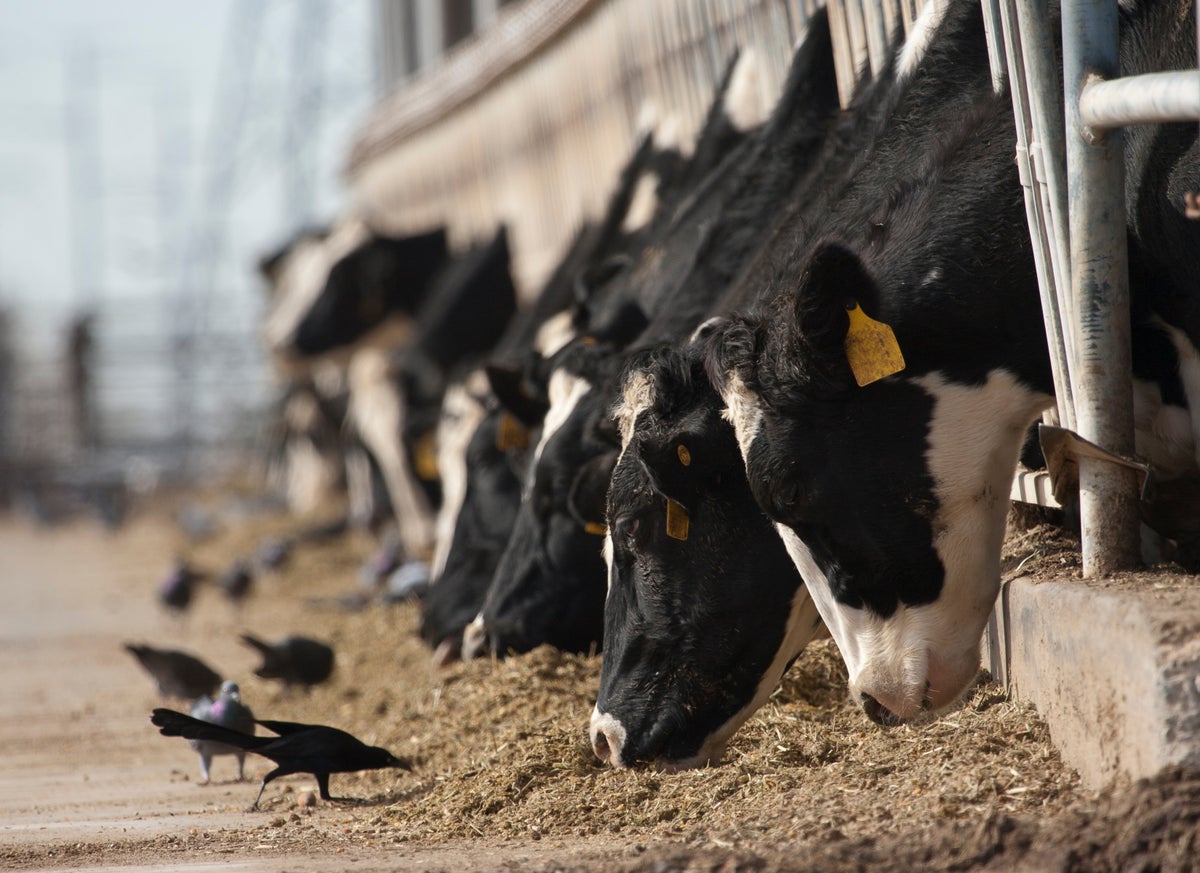Now Reading: Bird Flu May Spread Through Air on Dairy Farms, Study Finds
-
01
Bird Flu May Spread Through Air on Dairy Farms, Study Finds
Bird Flu May Spread Through Air on Dairy Farms, Study Finds

Fast Summary
- Research indicates the H5N1 avian influenza virus may be airborne on dairy farms, found in milk, wastewater, milking equipment, and aerosolized particles.
- Studies were conducted on California dairy farms during the peak of the outbreak (2024-2025), covering 14 farms in total.
- Viral contamination is widespread across infected farms-particles are inhaled by cattle and humans or transmitted via surfaces like milking equipment.
- A study revealed mutations in H5N1’s genome that could potentially increase its ability to infect humans. However, this mutated strain did not persist.
- Evidence shows human exposure: a previous CDC study reported that 7% of tested workers from infected dairies had antibodies indicating prior infections.
- Solutions proposed include biosecurity expansion like face shields for workers,rapid “at-barn” diagnostic tests for cattle infections,and treating infectious milk before disposal to prevent contamination.
Indian Opinion Analysis
The findings about H5N1 bird flu’s potential airborne transmission highlight meaningful concerns for public health.while India has not reported similar outbreaks on its dairy farms yet, it serves as a warning to strengthen biosecurity measures proactively within agricultural sectors. India’s vast dairy industry is more labor-intensive than mechanized setups abroad; hence any outbreak here could severely impact workers. Early adoption of rapid testing methods or waste-treatment practices-as suggested-could help mitigate risks well before such challenges arise domestically.Moreover, zoonotic diseases like bird flu underline the importance of cross-sector collaboration between veterinary health systems and public health agencies in India. Learning from global patterns must become paramount as vulnerabilities emerge with closer human-animal interactions due to expanding farming activities.

























